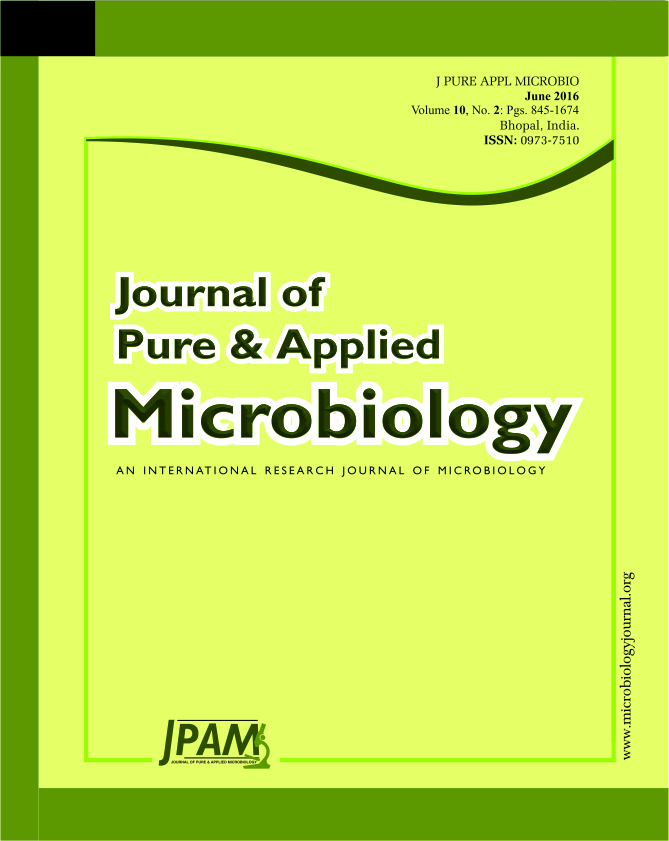In the present study, silver nanoparticles synthesized from cold tolerant strain of Spirulina platensi was functionalized with gum acacia (GA) and the functionalized silver nanoparticles (GA-AgNps) were evaluated for pharmacological activities. Functionalization was confirmed by UV visible spectrophotometry,scanning electron microscopy equipped with energy dispersive atomic X ray spectroscopy,fourier transform infrared spectroscopy and x ray diffraction studies.Pharmacological activities such as anti bacterial activity was studied against human pathogenic bacterial strains Pseudomonas aeruginosa and Staphylococcus aureus adopting well diffusion assay,microtitre plate spectrophotometric mediated biofilm inhibition assay and anti cancer activity against human liver carcinoma (Hep 2) cell line by MTT assay.All the characterization revealed the functionalization of nanoparticles and the functionalized GA-AgNps showed distinct anti bacterial activity at all the concentration against tested bacterial strains. In vitro anti cancer activity of functionalized nanoparticles was evaluated against human Hep 2 cell lines adopting MTT assay which reveals that cell viability has been reduced as dose dependent manner.The present study would suggests the possible utilization of gum acacia stabilized silver nanoparticles (GA-AgNps) as an effective chemotherapeutic biocide against human pathogenic bacteria and cancer.
Spirulina platensis, Gum acacia, Silver nanoparticles, Functionalization, Antibacterial, Anti cancer.
© The Author(s) 2016. Open Access. This article is distributed under the terms of the Creative Commons Attribution 4.0 International License which permits unrestricted use, sharing, distribution, and reproduction in any medium, provided you give appropriate credit to the original author(s) and the source, provide a link to the Creative Commons license, and indicate if changes were made.


